How will history judge the West’s complicity in the Gaza genocide?
With Israel’s assault nearing its second year, the divide between those condemning the violence and those remaining silent continues to widen.
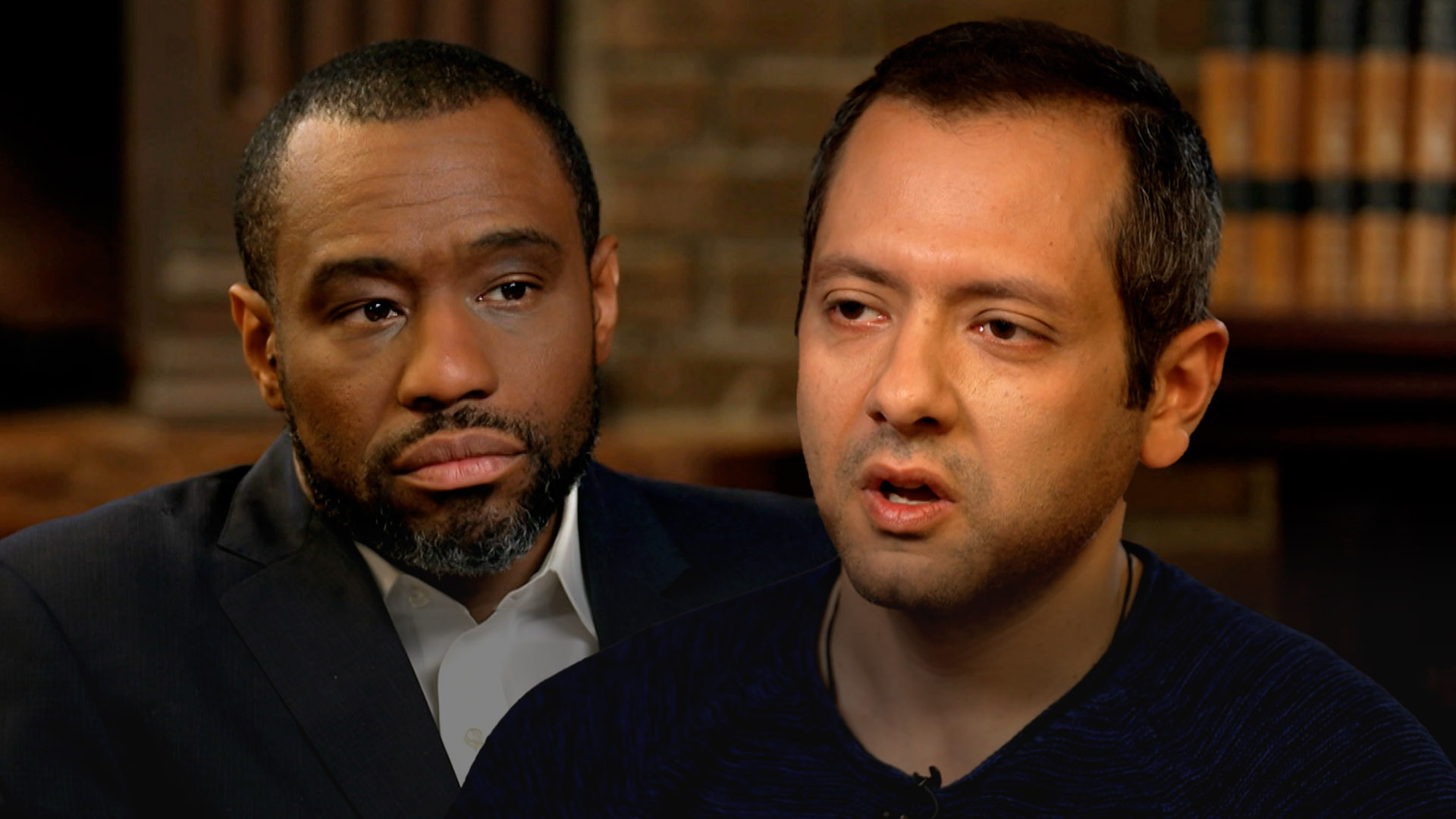
How will history judge the West’s complicity in the Gaza genocide?
With Israel’s assault nearing its second year, the divide between those condemning the violence and those remaining silent continues to widen.
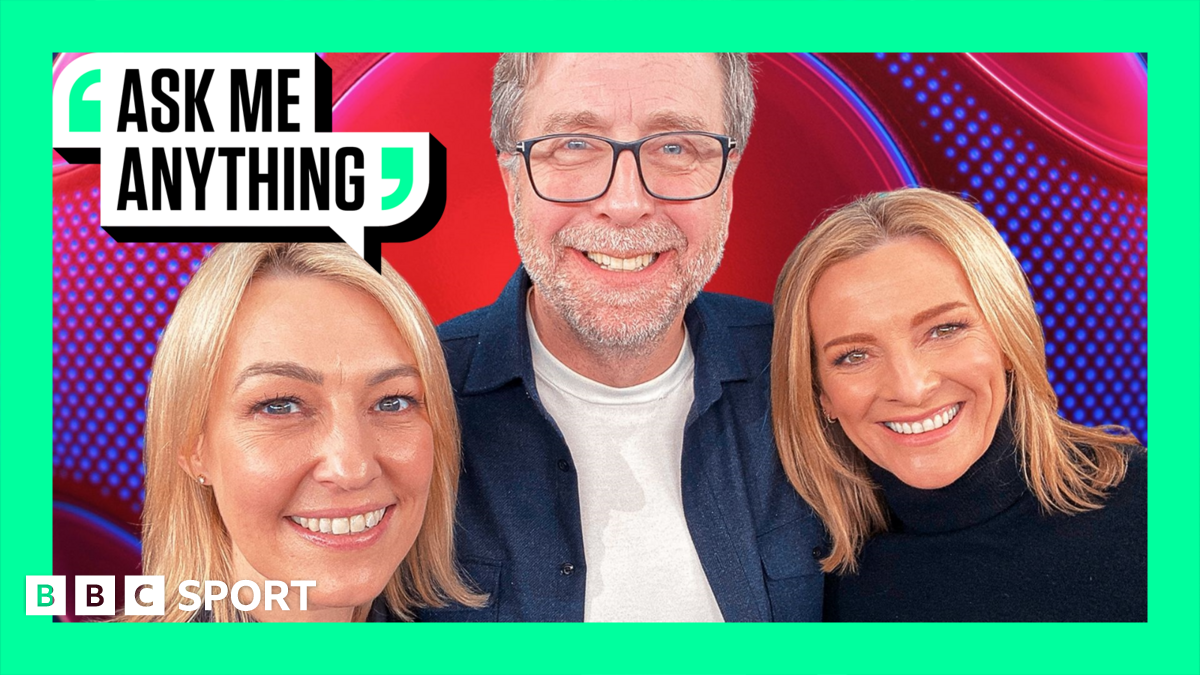
Kelly Cates, Mark Chapman and Gabby Logan will host Match of the Day from the start of the 2025-26 season.
It is the first time the role will be shared between three people, and they will split presenting duties for Match of the Day 2 on Sundays and MOTD: Champions League on Wednesdays, as well as Saturday’s flagship show.
Kelly Cates has had a a 27-year career in football with stints on all major broadcasters, including the BBC on Radio 5 Live. She previously hosted 606 with Ian Wright on Sundays. Cates – whose dad is former Liverpool and Scotland legend Sir Kenny Dalglish – has been presenting Premier League football for Sky since 2017. She will also continue to work for Sky Sports.
Mark Chapman, known as ‘Chappers’, has been hosting MOTD2 since 2013. He also presents a range of sports programming on BBC Radio 5 Live including the Monday Night Club and 606. He’s hosted various sporting events for both BBC TV and radio. Chapman also presented Sky Sports’ coverage of the Carabao Cup.
Gabby Logan first joined the BBC in 2007 and has presented many sporting events, including men’s and women’s World Cups and European Championships, the Six Nations and Olympics. Since 2013, Logan has co-hosted BBC Sports Personality of the Year. Her father is former Wales and Leeds midfielder Terry Yorath.
Match of the Day, which is the longest-running football show in the world having launched on 22 August 1964, has had five previous long-term hosts:
“It’s really great to share it because we bring different experiences and different interests within the game,” said Logan.
“We bring different ways of broadcasting and that will mean our pundits are kept on their toes and share different kinds of analysis.”
Chapman said: “People might find this hard to believe but there’s absolutely no competition between the three of us. We’ll do a mix of everything that works for us all as individuals, and all of us are really keen that it’s fair.
“Not only is it a great role just on its own but I’m sharing it with two people I really admire, respect and genuinely like. It’s a great set-up,” said Cates.
Ask Me Anything is a service dedicated to answering your questions.
We want to reward your time by telling you things you do not know and reminding you of things you do.
The team will find out everything you need to know and be able to call upon a network of contacts including our experts and pundits.
We will be answering your questions from the heart of the BBC Sport newsroom, and going behind the scenes at some of the world’s biggest sporting events.
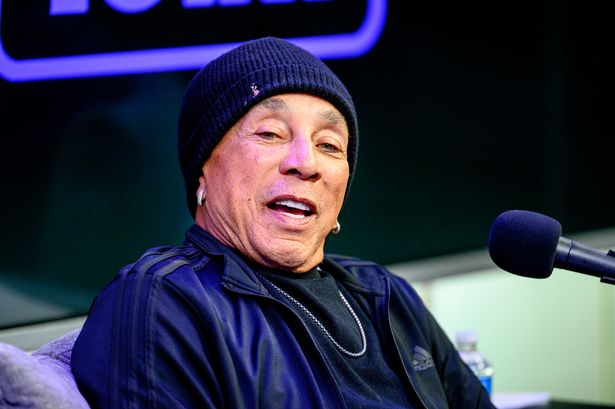
Motown legend Smokey Robinson is under active criminal investigation in Los Angeles following a string of sexual assault allegations.
The probe comes just weeks after a £410 million civil lawsuit was filed by four anonymous women accusing the 85-year-old singer-songwriter of abuse, false imprisonment, and gender violence. The Los Angeles County Sheriff’s Department confirmed its Special Victims Bureau has opened an investigation into the allegations. “The investigation is in the early stages, and we have no further comment,” the department told the Mirror.
The legal action, filed on May 6 in Los Angeles Superior Court, alleges that Robinson sexually abused four Hispanic women who worked as housekeepers in his home.
The plaintiffs – identified only as Jane Does 1 through 4 – claim the abuse spanned nearly two decades, beginning in 2006, and included incidents of coerced sex, physical intimidation, and the creation of a hostile work environment.
Robinson, a powerful figure in American music and one of Motown’s original hitmakers, has denied all allegations. His attorney, Christopher Frost, accused the plaintiffs of fabricating their claims in a bid for financial gain.
“We feel confident that a determination will be made that Mr Robinson did nothing wrong, and that this is a desperate attempt to prejudice public opinion and make even more of a media circus than the Plaintiffs were previously able to create,” Frost said. “The truth will come out. Exposure to the truth is a powerful thing.”
Frost dismissed the lawsuit as “manufactured” and said that the only reason a police investigation was initiated was because the plaintiffs had filed a formal report. He also criticised the inclusion of Robinson’s wife, Frances in the lawsuit, where she is accused of contributing to an abusive work environment.
According to the 27-page complaint, the plaintiffs allege that Robinson repeatedly pressured them into sexual encounters, physically blocked exits to prevent them from leaving rooms, and created an atmosphere of fear and coercion.
Some women said they delayed coming forward due to concerns over retaliation, public shaming, or fears that speaking out might endanger their immigration status.
At a press conference held shortly after the lawsuit was filed, the women’s attorneys described Robinson as a “serial and sick rapist who must be stopped.”
The women seek at least $50 million (£37.5 million) each for 11 of the 16 causes for action, plus damages for five other causes. Robinson’s legal team denounced the press event as a “bizarre” and “manipulative” attempt to sway public opinion.
Frost said the lawsuit is part of an orchestrated media campaign and promised that a formal legal response is forthcoming.
“We will have more to say in the coming days as we make our legal response, and in time Mr Robinson will respond in his own words,” the lawyer added. “We ask anyone following this case to reserve judgment as the evidence comes to light and all the actual facts of the case unfold.”
Smokey Robinson, born William Robinson Jr., is a legendary figure in the music industry.
As one of the founding artists at Motown Records, he was instrumental in shaping the sound of 1960s soul and R&B. He penned numerous chart-topping hits, including “My Girl” for The Temptations and “My Guy” for Mary Wells, and had his own success with songs like “Tracks of My Tears” and “Tears of a Clown.”
In addition to his songwriting and performing career, Robinson served as a producer and talent scout for Motown, helping to shape the careers of countless artists. He is a member of both the Rock & Roll Hall of Fame and the Songwriters Hall of Fame, and claims songwriting credits on more than 4,000 tracks.
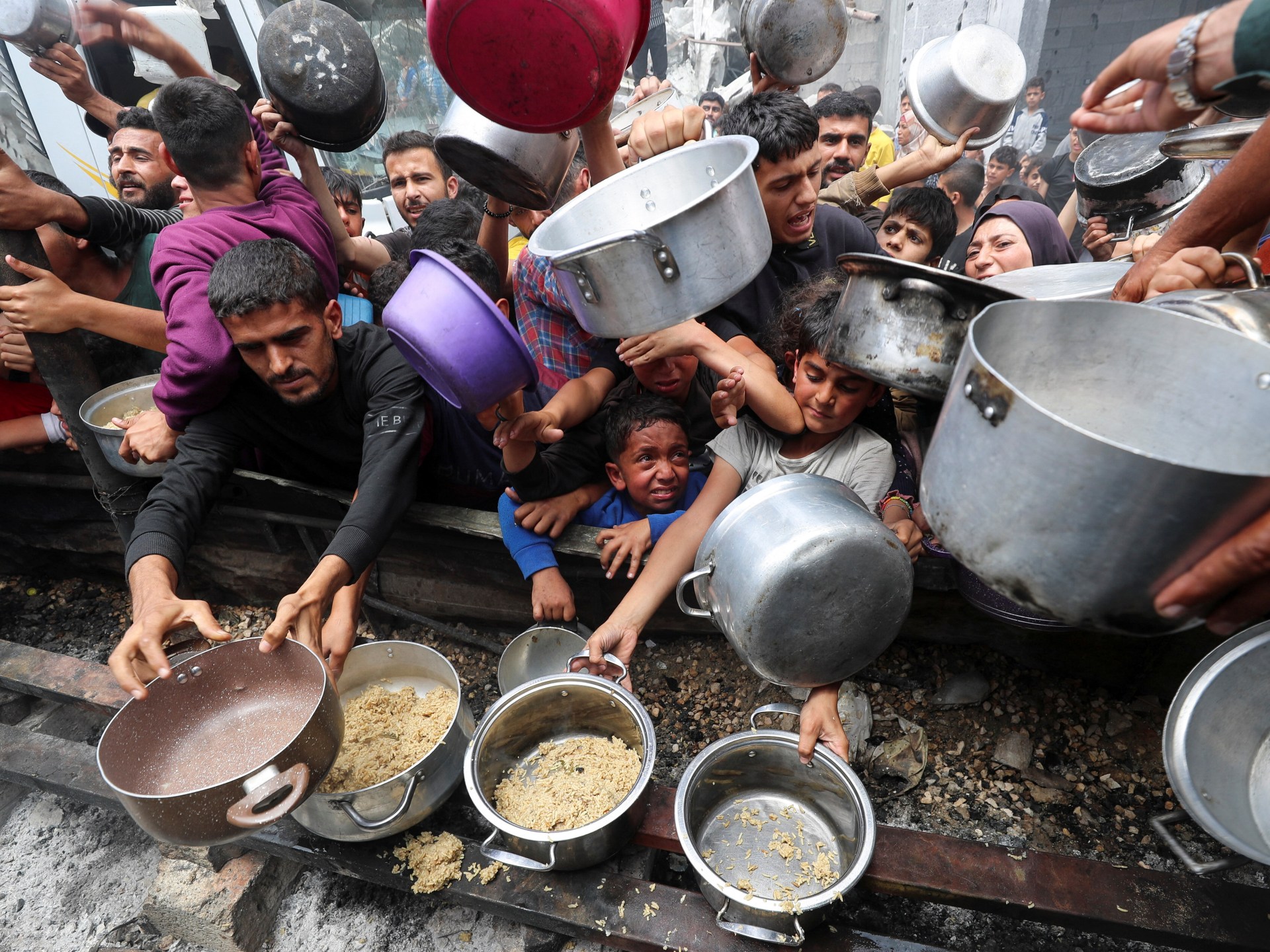
Global hunger hit a new high last year with the outlook for 2025 “bleak,” according to a United Nations-backed report.
Acute food insecurity and child malnutrition rose for a sixth consecutive year in 2024, affecting more than 295 million people across 53 countries and territories, the 2025 Global Report on Food Crises (GFRC), released on Friday, warned.
Conflict, weather extremes and economic shocks were identified as the main drivers.
The report, which provides its analysis through a collaborative effort with United Nations agencies, states that the rise in hunger levels of 5 percent over 2023 was the sixth in a row.
Overall, 22.6 percent of populations in the worst-hit regions experienced crisis-level hunger or worse.
Conflict was the leading cause of hunger, affecting nearly 140 million people across 20 countries in 2024, including areas facing “catastrophic” levels of food insecurity in Gaza, South Sudan, Haiti and Mali. Sudan has confirmed famine conditions.
Economic shocks, such as inflation and currency devaluation, helped push 59.4 million people into food crises in 15 countries, including Syria and Yemen.
Extreme weather, particularly El Nino-induced droughts and floods, shunted 18 countries into crisis, affecting more than 96 million people, especially in Southern Africa, Southern Asia, and the Horn of Africa.
UN Secretary-General Antonio Guterres called the report an “unflinching indictment of a world dangerously off course”.
“From Gaza and Sudan, to Yemen and Mali, catastrophic hunger driven by conflict and other factors is hitting record highs, pushing households to the edge of starvation,” Guterres said.
“This is more than a failure of systems – it is a failure of humanity. Hunger in the 21st century is indefensible. We cannot respond to empty stomachs with empty hands and turned backs,” he added.
Afghanistan, Sudan, Syria and Yemen were among the countries with both the highest numbers of people and the highest share of their populations facing acute food insecurity.
The report found that “the number of people facing high levels of acute food insecurity almost tripled” in 2024.
Moreover, 26 countries with high acute food crises were also detected as having a nutrition crisis.
Sudan, Yemen, Mali and Palestine faced the “most severe nutrition crises” last year.
In July 2024, famine was confirmed in the ZamZam camp in Sudan’s North Darfur. It was later identified in four more areas of the country from October to November and “another five [areas] from December 2024 to May 2025”.
In Palestine, while famine was projected in March 2024, it was averted due to a scale-up of humanitarian aid. However, as the war in Gaza continues and the Israeli blockade on aid remains, the report found that “acute food insecurity, malnutrition, and mortality” are likely to pass famine thresholds by September.
Food insecurity eased in 15 countries, including Ukraine, Kenya and Guatemala, last year due to scaled-up humanitarian aid, improved harvests, easing inflation and a decline in conflict.
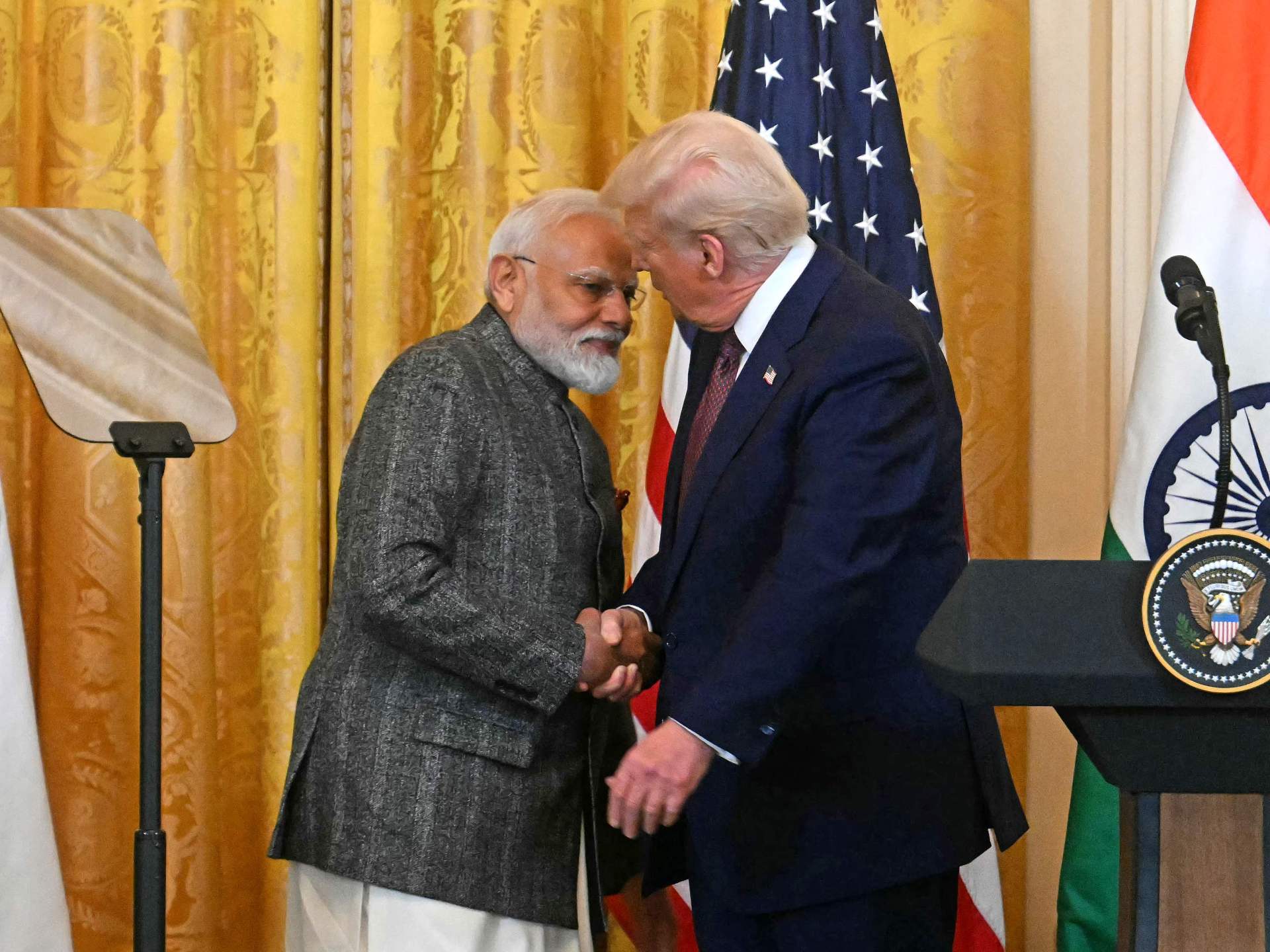
United States President Donald Trump said on Thursday that India had offered a trade deal that proposed almost “no tariffs” on US goods, as the South Asian nation seeks to avert higher import and export costs.
India disputed Trump’s claim. But New Delhi is looking to clinch a trade deal with the US within the 90-day pause announced by Trump on April 9, on so called reciprocal tariffs for major trading partners. On May 8, the White House secured a trade agreement with the United Kingdom, two days after India inked a similar pact with it.
India’s equity benchmarks jumped about 1.5 percent following Trump’s comments. The Nifty 50 edged up 1.6 percent while the BSE Sensex gained 1.48 percent, reaching their highest levels in seven months.
India was one of the first countries to begin trade negotiations with the US following Prime Minister Narendra Modi’s visit to the White House in February, with both sides agreeing to finalise a bilateral deal this year.
Last month, meanwhile, US Vice President JD Vance visited India and met with Prime Minister Narendra Modi, hailing what he called “very good progress” on a trade agreement between Washington and New Delhi.
“It is very hard to sell in India, and they are offering us a deal where basically they are willing to literally charge us no tariffs,” Trump said in a meeting with executives in the Qatari capital Doha. “They’re the highest and now they’re saying no tariff.”
In a statement soon after to local news agencies, India’s Foreign Minister Subrahmanyam Jaishankar pushed back against Trump’s claim, saying “nothing is decided till everything is.” He added that “any judgement on it would be premature” until a “mutually beneficial” agreement is reached.
Trump didn’t provide further details of New Delhi’s apparent offer, and the Indian Ministry of Commerce and Industry didn’t immediately respond to media requests for comment.
The US is India’s largest trading partner, with bilateral trade totalling some $129bn in 2024. India ran a $45.7bn surplus with the US last year, mainly in the form of pharmaceutical products, electrical machinery and jewellery.
Having long complained that India’s tariffs were too high and hurt US businesses, Trump pledged to impose “reciprocal” tariffs of 27 percent on India. Those tariffs are currently on hold until early July.
A 10 percent base tariff continues to apply to India and many other nations during the pause.
India’s average tariff rate is 17 percent, compared with 3.3 percent by the US, as per a report by the Indian Council for Research on International Economic Relations.
In recent weeks, India has made overtures to placate Trump’s public disapproval, including lowering import duties on US goods like bourbon whiskey – down from 150 to 100 percent – and Harley-Davidson motorcycles – from 50 to 40 percent.
As part of ongoing trade talks, New Delhi has also proposed zero tariffs on car parts, on a reciprocal basis and up to a certain amount, Bloomberg reported earlier this month.
A delegation of Indian officials is set to visit the US later this month to try and move talks forward. The Reuters news agency reported that India’s trade minister, Piyush Goyal, might visit too.
Trump’s recent comments come days after India threatened to impose retaliatory tariffs linked to higher US duties on steel and aluminium, a sign that New Delhi is adopting a more bullish approach in its negotiations with Washington.
For now, though, trade talks are thought to be progressing well.
Reuters reported that New Delhi has offered to reduce duties to zero on 60 percent of US imports in a first phase deal, while also offering preferential access to nearly 90 percent of the merchandise India imports from the US.
In theory, this would bring the average tariff differential (the variation in tariff rates countries impose on each other) between India and the US down by 9 percentage points, significantly lowering trade barriers in the world’s fifth-largest economy.
Preferential market access – or lower import entry requirements into the US compared with other countries India trades with – is being considered for key goods such as jewellery, textiles and agricultural products like bananas and grapes.
“Preferential market access for India would mean better terms of trade for these goods compared to America’s other trading partners,” an Indian government official who preferred not to be named told Reuters.
To make the deal more attractive for Washington, India has also offered to ease export regulations on several high-value US imports, the first official said. These include aircraft, electric vehicles, medical devices, and hydrocarbons.
Beyond tariffs, India has also asked the US to treat it on par with other top US allies such as the UK and Japan in terms of access to critical technology sectors like artificial intelligence, biotech, and semiconductors.
India’s expectation of being exempt from tariffs is at odds with the deal struck between the US and UK, in which only certain goods, based on mutual interest, had tariffs removed – as opposed to across-the-board withdrawals.
Elsewhere, US Treasury Secretary Scott Bessent last week hinted that Washington might be looking to secure “purchase agreements” for specific products with China, as part of ongoing trade negotiations with Beijing.
As such, recent trade deals suggest that Trump’s tariff strategy amounts to carve-outs on particular goods, as opposed to broad free trade agreements. Looking ahead, comments from Indian and US officials hint at a similar arrangement.
Domestic issues also stand in the way of a free trade deal. India has long used tariffs to shield agricultural markets from cheap imports. Farmers have expressed fears that Modi would weaken those protections as part of a deal with Trump.
Then, at the geopolitical level too, India is in a tricky position. While Washington sees New Delhi as a counterbalance to Beijing’s growing clout, India imported $113.45bn from China last year. By contrast, it imported just $40bn from the US.
What’s more, China recently warned the UK over its trade deal with the US. It accused the UK of aligning with the US in a move that could compel British companies to exclude Chinese products from their supply chains.
China has warned it is ready to hurt countries that fall in line with the US in order to pressure Beijing.

Will AI transform education for the better, or will it come at the cost of human connection and critical thinking?
The rise of Artificial Intelligence has schools racing to respond to tools like ChatGPT. While some fear it may replace teachers and erode human connection, others see it as a chance to transform and improve education.
Presenter: Stefanie Dekker